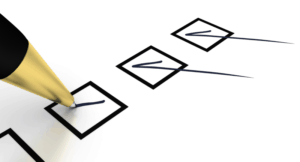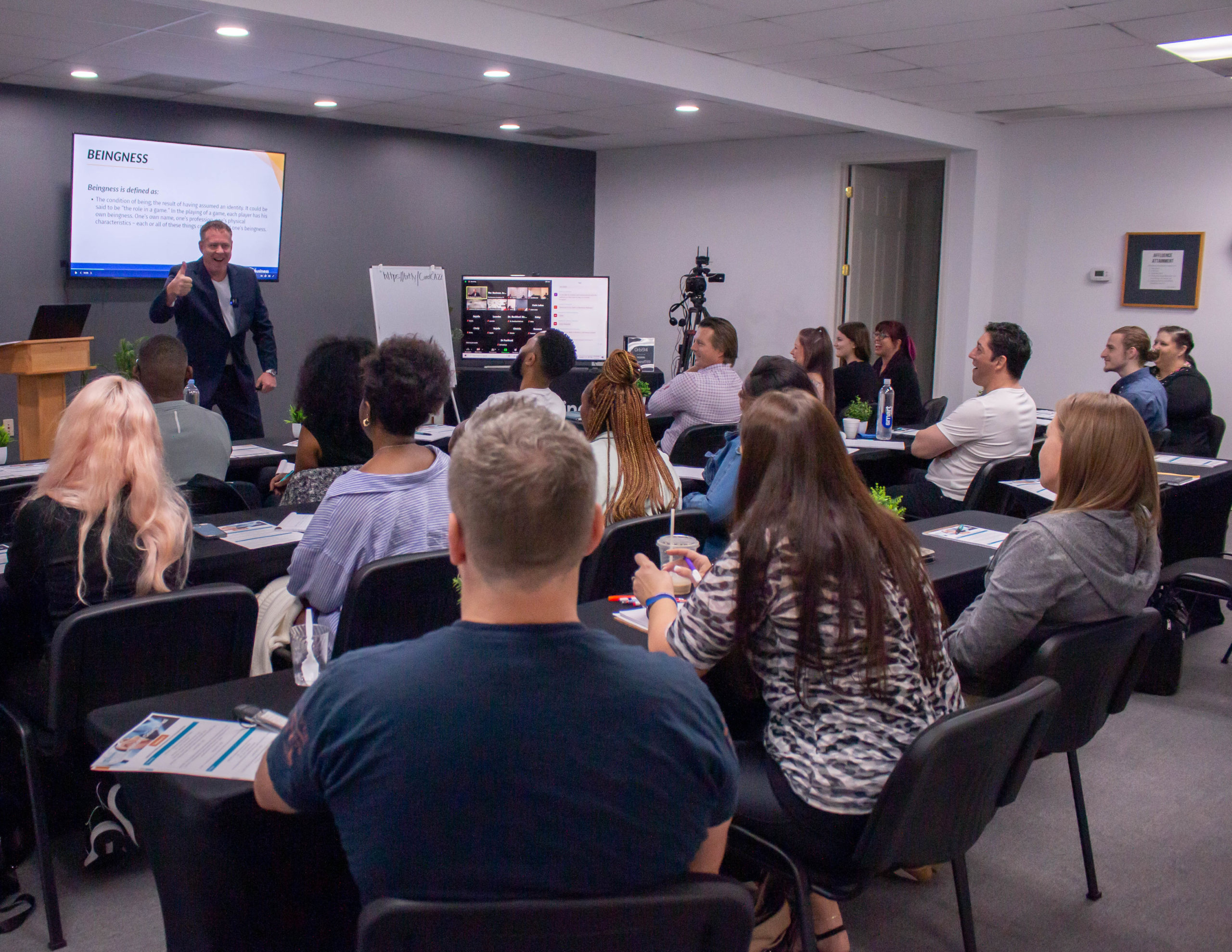In today’s fast-paced world, where mistakes can have significant consequences, the Triple Check System stands out as an essential strategy for eliminating doubt and ensuring thoroughness and accuracy in all tasks. This methodology challenges the common and often casual attitudes of “I think I did it” or “I’m pretty sure,” by offering a pathway from uncertainty to absolute assurance through a series of deliberate actions.
The Value of Accuracy
Mistakes, frequently the result of negligence or oversight, can lead to considerable implications, whether in our personal lives or within professional environments. Simple oversights such as failing to secure a door, leaving an appliance active, or misplacing important items can escalate into major issues or safety risks. The Triple Check System presents a comprehensive solution to these problems, guaranteeing that tasks receive the attention to detail they require.
Broad Applications
One of the system’s greatest strengths lies in its adaptability across various situations. Whether it’s enhancing the security of doors, windows, and alarms, or preventing common errors like leaving a coffee cup on a car roof, the Triple Check System proves effective and versatile. Its inclusive approach leaves no stone unturned, whether for daily chores or critical security measures.
Replacing Maybe with Certainty
The essence of the Triple Check System is to replace the uncertainty of “maybe” with the solid confidence of “certain.” This transformation is vital for personal assurance and the efficient functioning of any team or organization. Through diligent application of this system, individuals ensure their actions are precise and memorable, eradicating doubts and the need for second-guessing.
Implementing The Triple Check System
Adopting the Triple Check System involves a clear and effective process:
- Awareness: Acknowledge the importance of a task, such as securing a door or turning off an appliance.
- Execution: Carry out the necessary action attentively.
- First Check: Confirm the task’s completion to perfection.
- Second Check: Reassess the task, like verifying a door is locked by pulling the handle.
- Third Check: Briefly step away, then double-check to affirm completion.
For instance, when ensuring no personal items are left in a hotel room, one should step outside the room and then re-enter for a comprehensive final inspection. This tactic reveals any overlooked items, ensuring nothing is forgotten.
We also go more into detail on awareness and communication in our seminar “Communication and Closing“.
When The Triple Check System Isn’t Enough
Although the Triple Check System significantly reduces errors, there are occasions where additional verification steps may be necessary. In such cases, extending the process to include quadruple, quintuple, or more checks ensures the highest level of certainty. This progressive approach guarantees task completion with supreme confidence, gradually reducing the need for multiple checks as accuracy improves.
Aspiring for Reaganing
Named after Ronald Reagan, the 40th President of the United States, “Reaganing” embodies a state of continuous perfection in task execution. While achieving such flawless consistency is idealistic, this system offers a pragmatic method toward perfection, increasing dependability and precision in daily activities and professional tasks.
In Summary
The Triple Check System transcends being merely a set of guidelines; it represents a shift towards greater responsibility, accuracy, and assurance in all actions. By embracing this system, both individuals and organizations can significantly diminish errors, bolster security, and enhance overall operational effectiveness. While the ultimate aim may be the seamless perfection of Reaganing, this system provides a practical and efficient route towards minimizing mistakes and enhancing confidence in every action undertaken.









